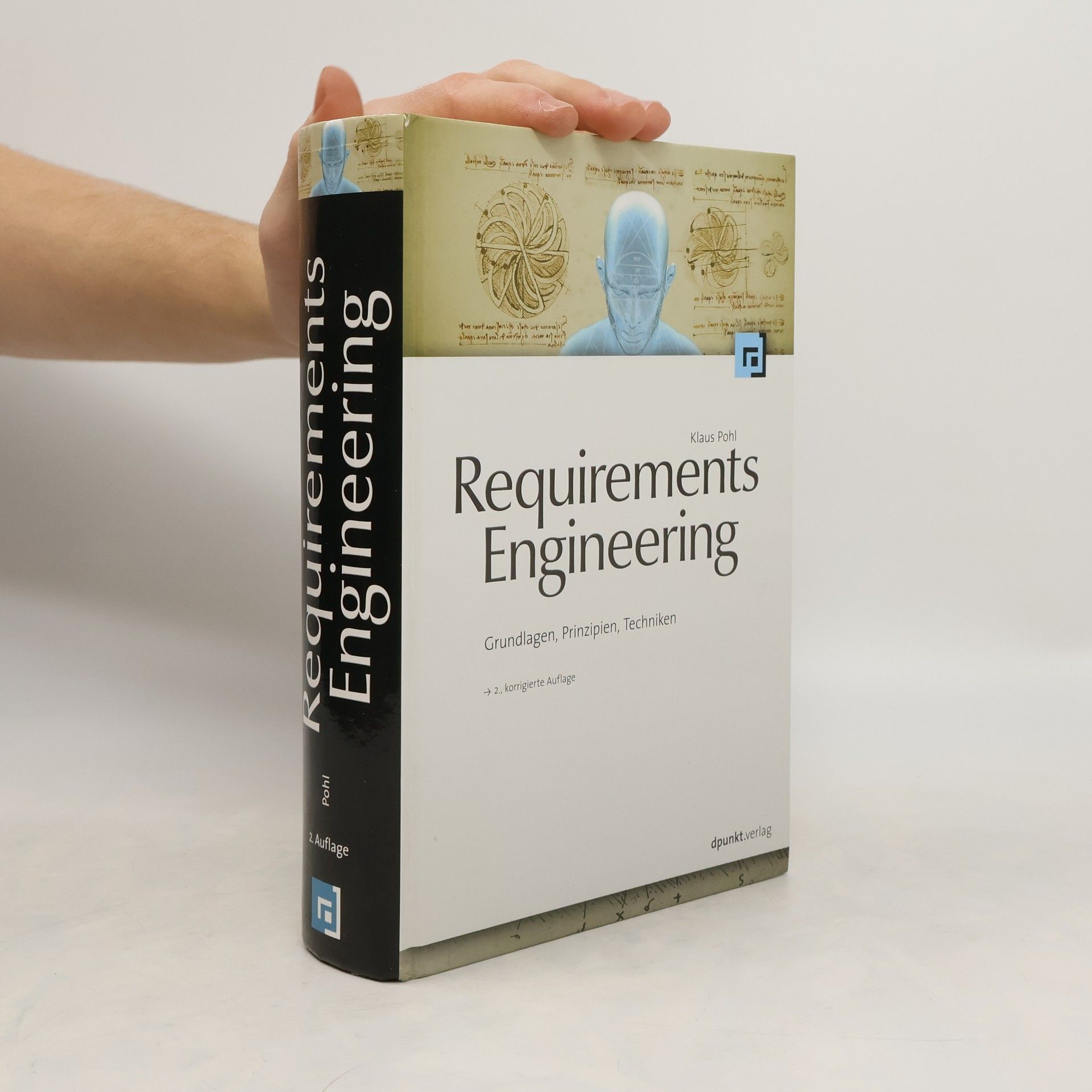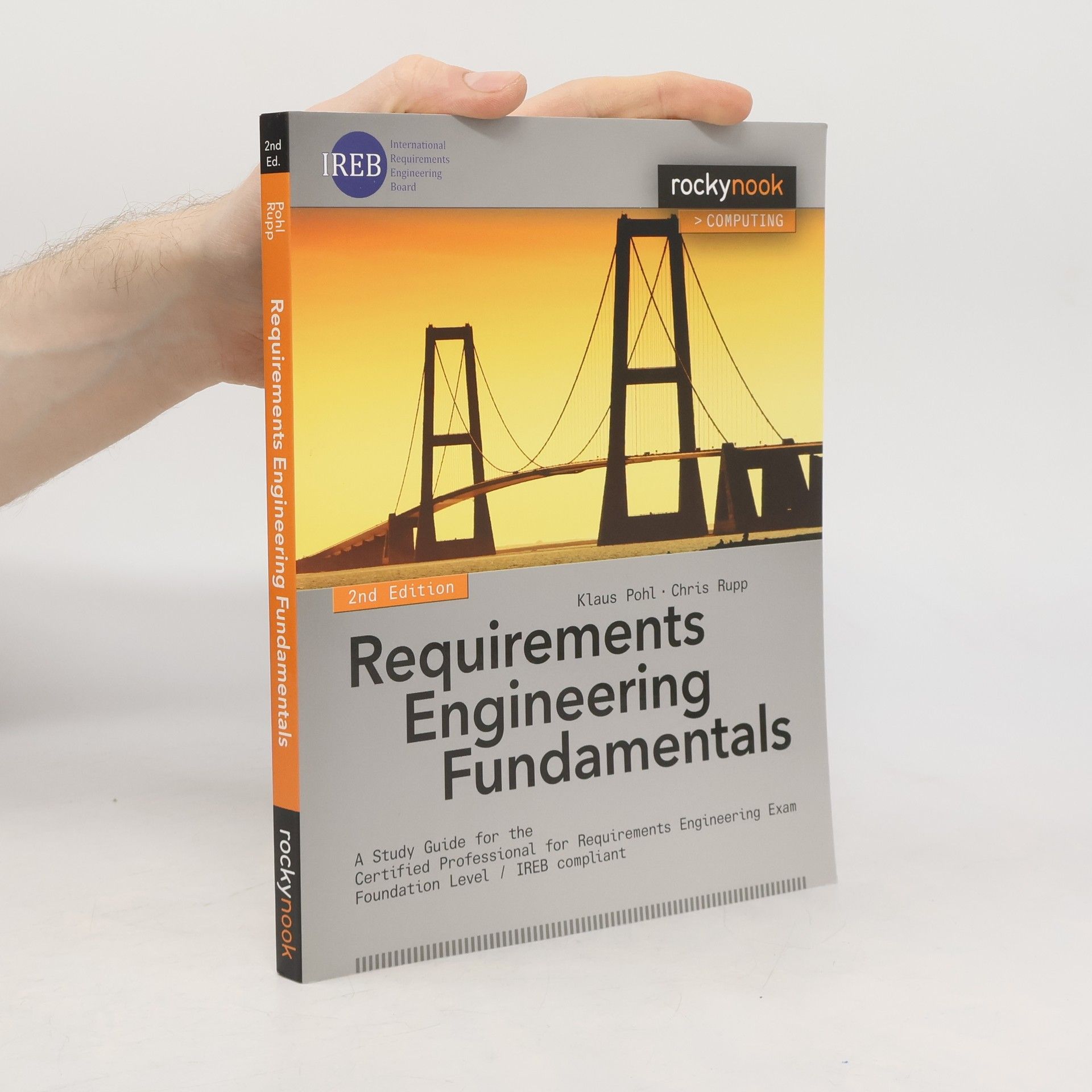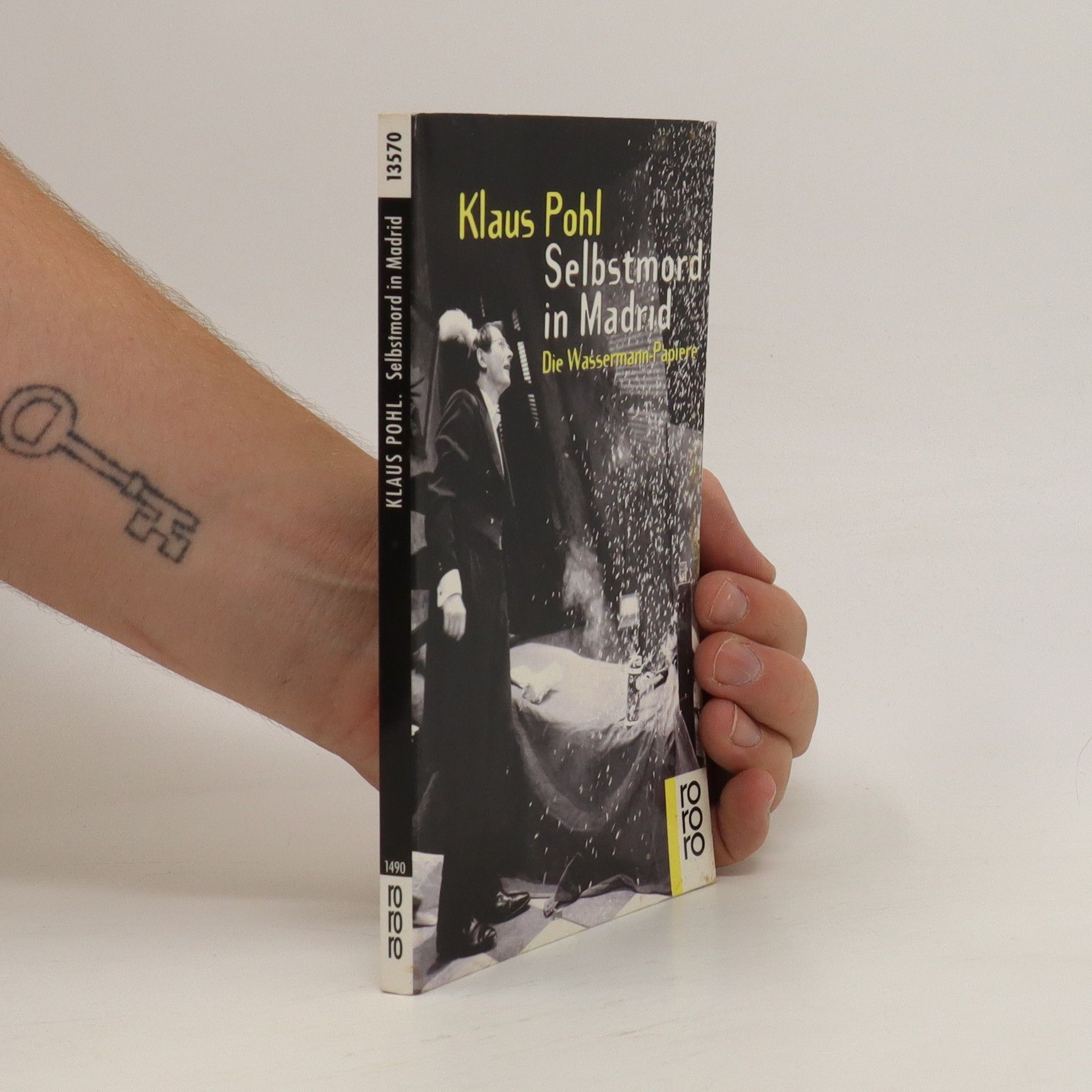Sein oder Nichtsein
Roman
"Es ist und bleibt ein großes Geheimnis: Wie entsteht ein Kunstwerk? Klaus Pohl ist es mit seinem grandiosen Roman »Sein oder Nichtsein« gelungen, diesem Geheimnis auf die Spur zu kommen. Denn er erzählt in seinem Buch von der Entstehung eines wirklich großen Kunstwerks, der denkwürdigen »Hamlet«-Inszenierung des Starregisseurs Peter Zadek aus dem Jahr 1999 mit der Schauspielerin Angela Winkler als Hamlet. Mit zu diesem kleinen Wunder hat sicher beigetragen, dass der Autor Klaus Pohl als Schauspieler in der Rolle des Horatio selbst Teil der Inszenierung war und so an den monatelangen Probenarbeiten in Straßburg teilgenommen hat. Und so erlebt der Leser, wie sich eine Gruppe der besten Theaterschauspieler der letzten Jahrzehnte - Angela Winkler, Ulrich Wildgruber, Otto Sander, Eva Mattes u. a. - auf eine Reise ins Unbekannte begibt. Dabei erlebt er ein Abenteuer nach dem anderen, heftige Kämpfe und zarte Liebesgeschichten, Wut und Hingabe, Konkurrenz und Freundschaft, Hysterie und Selbstzweifel, Tragödien und Komödien und am Ende das unvergleichliche Glück des Entdeckens und Gelingens. Und dies nicht nur auf der Probebühne, sondern im Leben aller Beteiligten vom Regie-Zampano bis zum Bühnenbildner und der Souffleurin ..." -- Front flap of dust jacket











